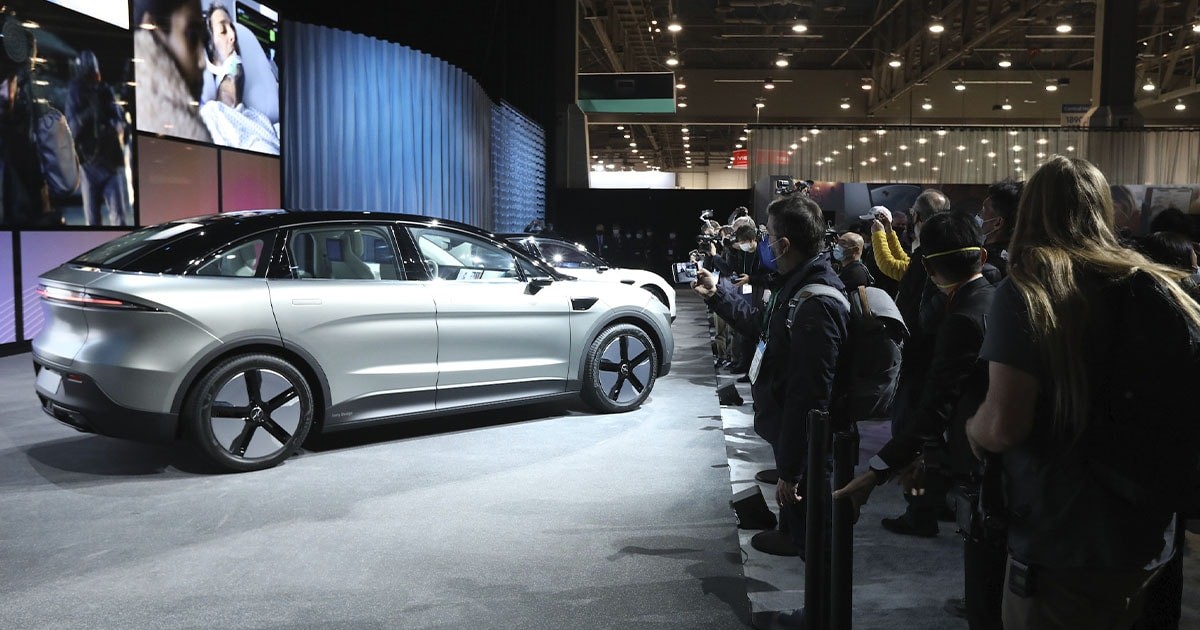
Given their growing popularity and government legislation that bans internal combustion vehicles, electric vehicles are unsurprisingly in plentiful quantity at CES this year. With more than ever on offer, drivers have never had more choice and there’re options across a range of vehicle categories. Here are our favorites.
Sadly, we couldn't attend CES this year due to the pandemic, but we’re not letting that stop us from indulging our love for electric motors. We might not be able to share our in-person pictures with you, but we can share our favorites from afar. So, let’s see what caught our attention.
BMW’s color changing SUV
The first on our list isn’t on the list specifically for being an EV, but it’s the stuff of science fiction: a car that changes color at the touch of a button, so we had to include it.
I’m not sure what the practical real-world need for this is beyond being magnificently cool. It does have the possibility of making your vehicle more, or less, visible if you choose. Or maybe even it will change color based on your mood to signal to other drivers how you’re feeling. Or perhaps it’ll flash different colors so you can find it in a parking lot. Whatever the case, it’s mind-bending and it looks more like CGI than real life. Click here or click here to see BMW’s color changing car in action.
The (new) Chrysler Airflow
Stellantis’ American brand Chrysler unveiled its Airflow Concept as part of CES this year. The Airflow name is nothing new, it goes back to the 1930s. The whole idea was to create a vehicle less susceptible to wind resistance in order to build a more efficient machine.
With our focus on sustainability, finding ways to make a vehicle more efficient is crucial to delivering EVs of high range and low energy consumption. In short, that’s essentially what the Chrysler Airflow Concept is all about: while giving a subtle nod to the carmakers varied history, it’s looking forward at how it can create its cars of the future.
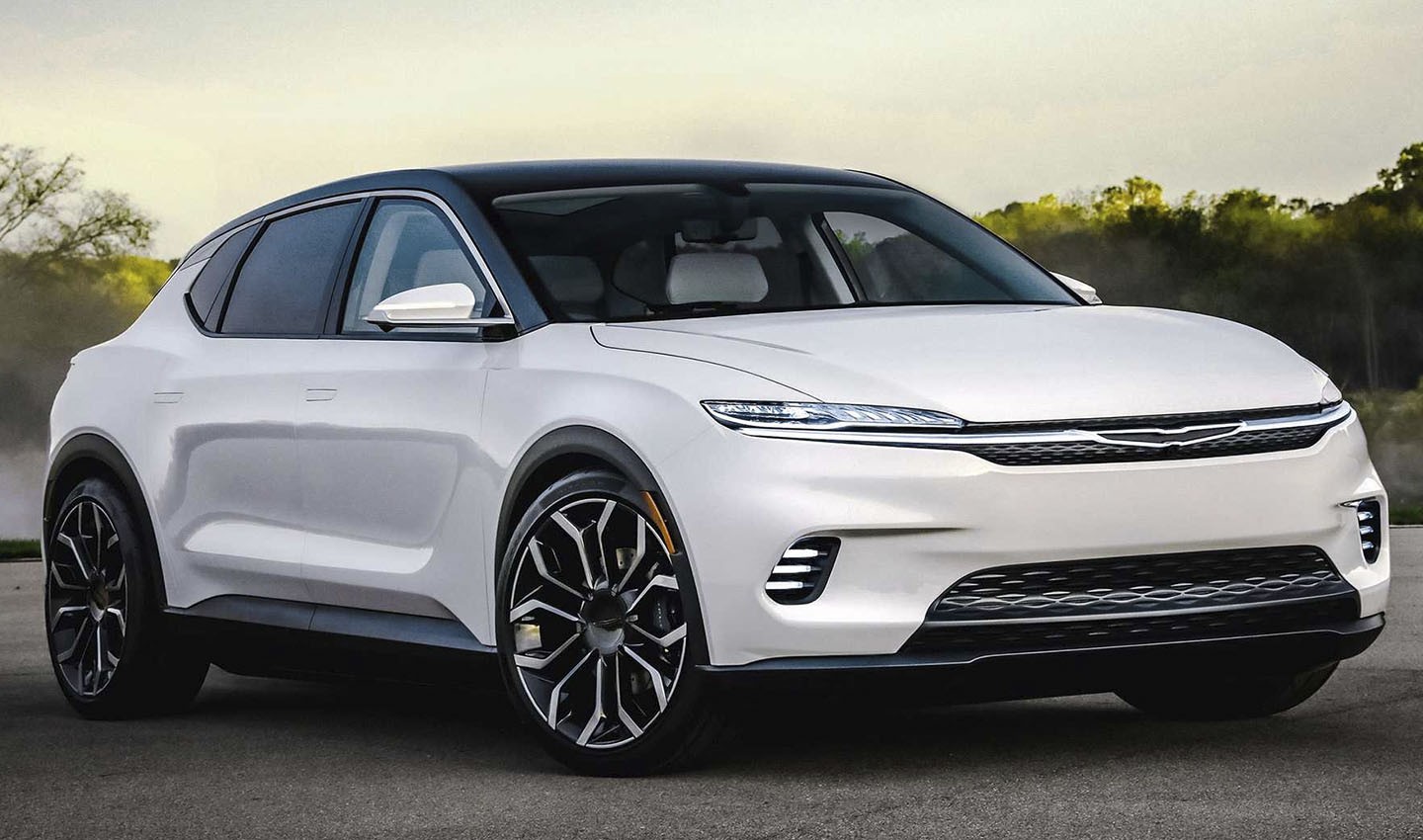
The Chrysler Airflow Concept is as much a car as it is a statement of intent from the American carmaker. A nod to the past, with focus on the future.
“The Chrysler Airflow Concept represents the start of the brand’s journey toward a fully electrified future. It is the result of a thoughtful synthesis of the full arsenal of Stellantis’ connected vehicle technology – inside and out,” Ralph Gilles, chief design officer at Stellantis, said in the announcement. On that note, Chrysler says it will be an electric only brand by 2028.
Sony now has an SUV and is going into the car business
Sony isn’t the first name many of us would associate with cars. Sure, there was a time when people were modifying their vehicles and putting PlayStations in them, but an entire car? Made by Sony? That was something of a dream.
Now, though, the company has two, yes, two electric vehicles in its roster. At CES two years ago, the Japanese electronics giant announced its Vision-S concept car, a sensor packed sedan EV, which it calls the 01. This year, Sony has added an SUV to its lineup with its Vision-S 02.
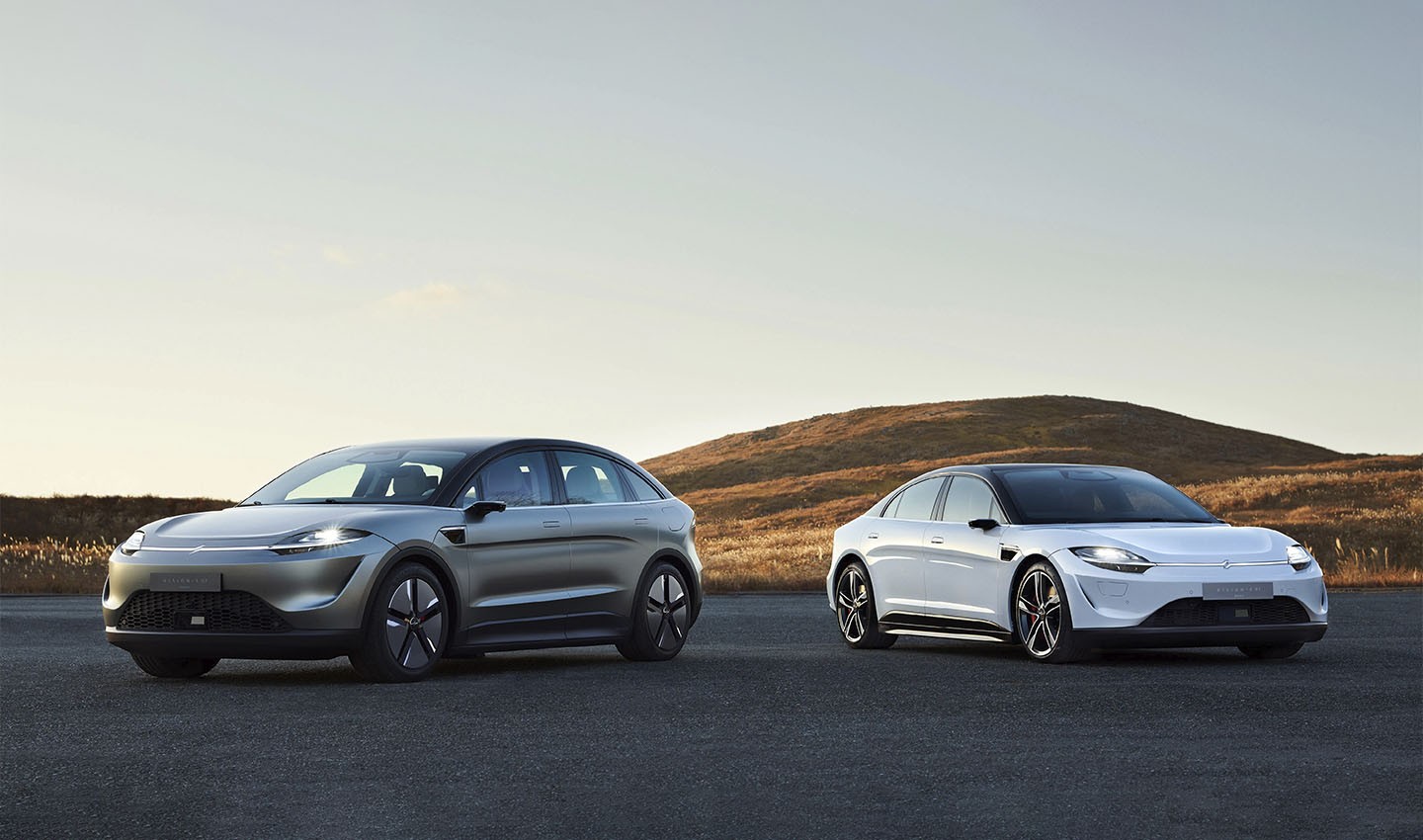
Sony’s two electric cars that it plans to put into production: The Visions-S 01 and Vision-S 02.
What’s more noteworthy is that Sony also says that it’s formed Sony Mobility, Inc., a branch of the company to focus specifically on bringing its concept cars to the road for consumers. There’s plenty of talk about tech companies like Google, Amazon and Apple getting into the EV game, but tangible signs of a vehicle still seem a way off from those brands. Sony on the other hand…
Legacy is not so legacy any more
Mercedes-Benz unveiled its EQXX EV concept, which, while a concept, is built on many technologies that Mercedes says will be mass market and commonplace in the next decade. We’re talking batteries with double the energy density, energy consumption of under 10 kWh/100km, aerodynamic drag coefficients of under 0.2 cda and the most efficient motors ever. All these things come together in a vehicle which Mercedes says can travel more than 600 miles on a single charge.
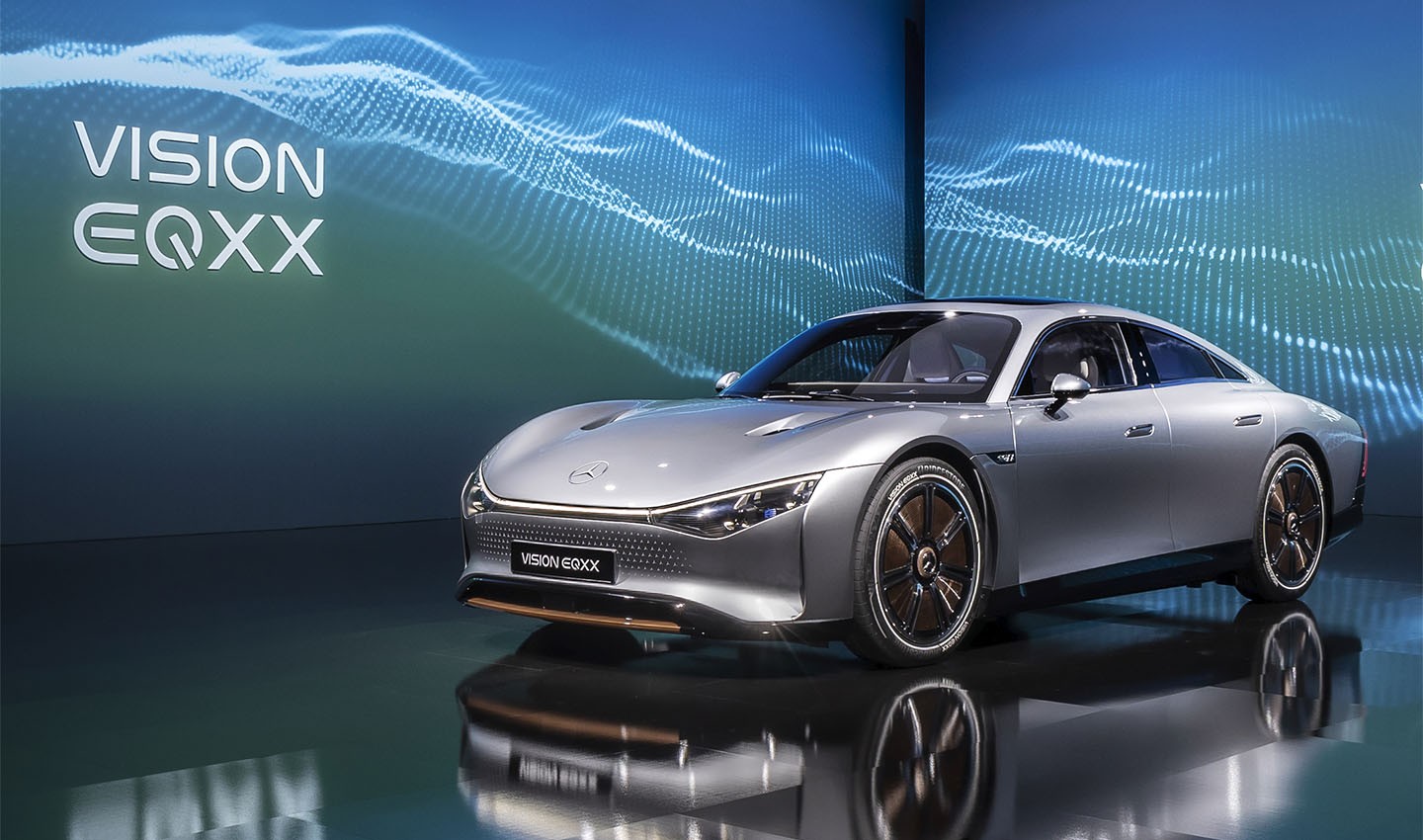
Mercedes-Benz EQXX unveiled for CES. It’s sleek, it’s aero, it’s super efficient.
The good folks over at Fully Charged did a comprehensive run down of the tech that’s gone into the EQXX, if you’re interested to learn more, check it out. The important thing to take away from this is that we should still take legacy automakers very seriously in the EV world.
While EV startups might have the ability to develop quickly, iterate and reiterate and are challenging the way cars are made, for the better, legacy automakers are putting out a very good showing. They might have taken a while to get going, but I’m certain when the world’s biggest carmakers get behind electric power, we’re going to see some of the most exciting vehicles ever.
Wild card - micromobility
It’s easy to get drawn into the world of electric cars and see that as the future of mobility. While cars will be a mainstay of personal transport for years to come, it is likely that we’ll start using them in different ways, and as part of a much wider, mobility modality landscape. With that in mind, let’s zoom out and cast our eyes onto the micromobility world.
Escooter, ebike and electric mobility maker Bird put out a good showing for CES this year, putting its new ebike, escooter and children’s kick scooter on display.
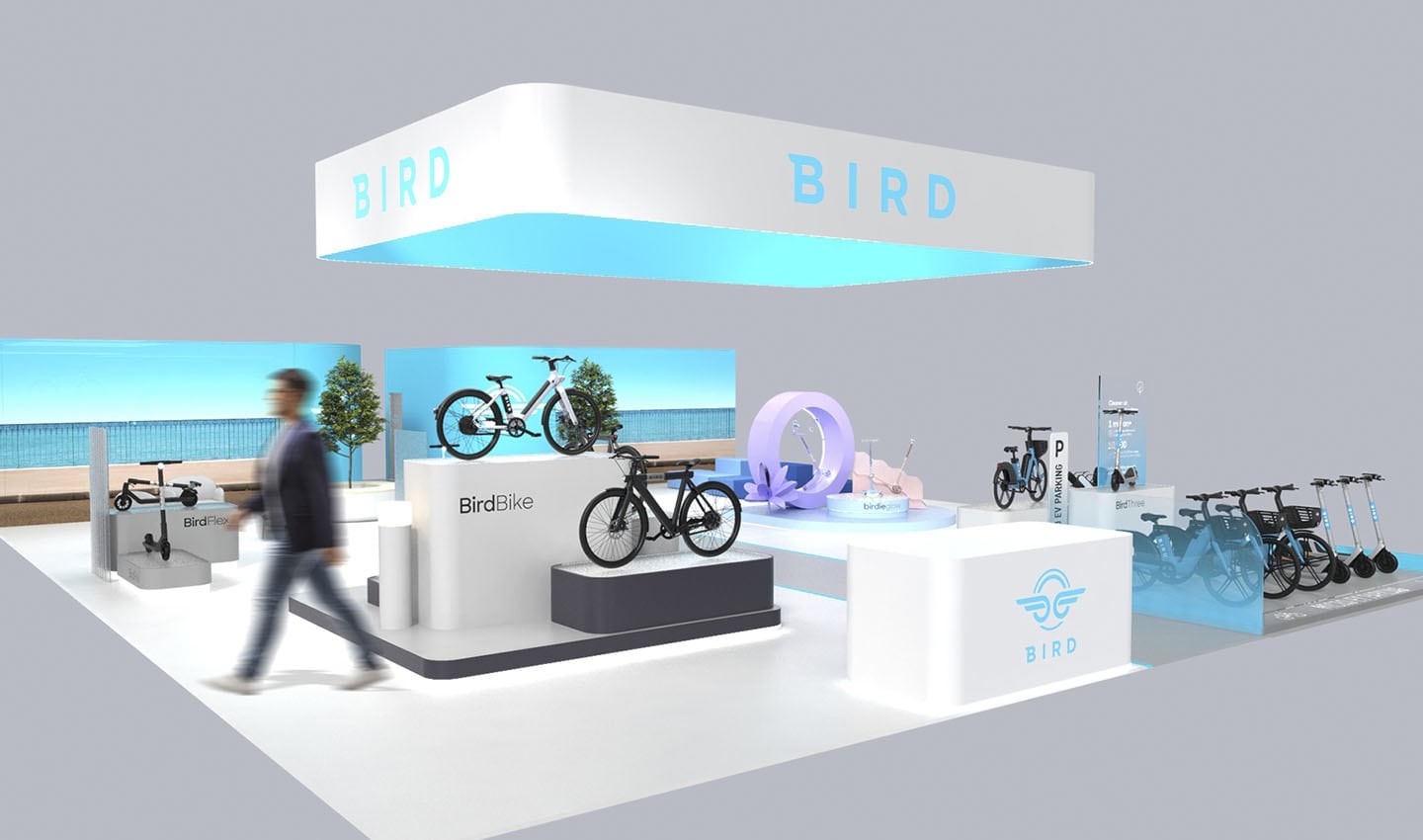
Bird’s booth at CES showed off all kinds of micromobility options, ebikes, escooters and kick scooters.
Chinese mobility maker Niu, that’s best known for making electric mopeds used by ride share programs like Felyx and Check, caught our eyes at CES. It’s stepping out from its core business of electric mopeds, and is now offering a robust looking pedal assist ebike that’s capable of travelling at 28 mph. It’s got a built-in rack for luggage, neatly integrated battery, clean belt drive and disc brakes for all weather braking.
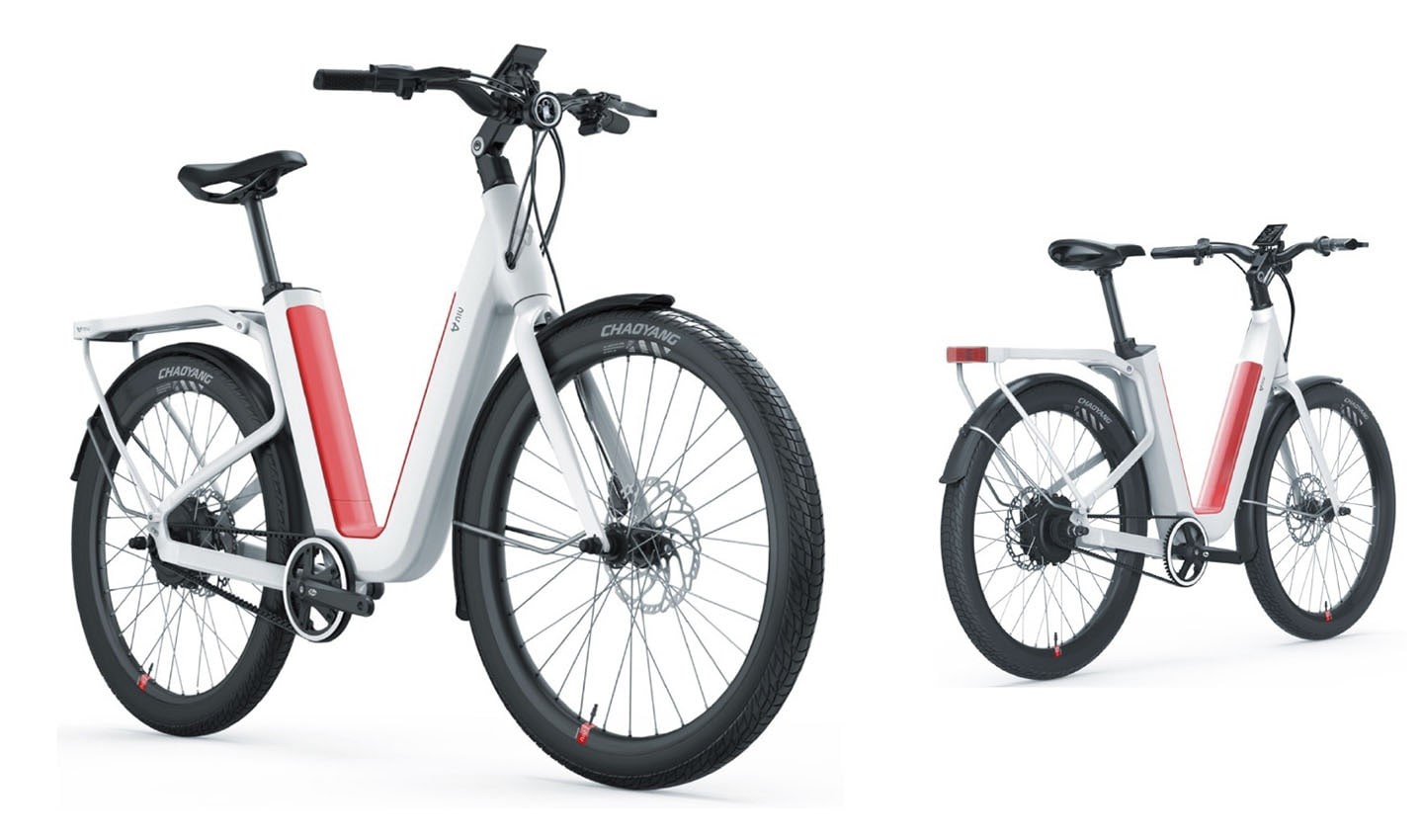
The NIU BQI looks like a perfect ebike for someone that wants to rely less on their car, but still be able to get around quickly and easily.
It’s very much an ebike designed for the real world demands of commuters and those wanting to reduce their reliance on their car. Electrek’s Micah Toll expects the US and EU available ebike to shakeup and reshape ebike markets as we know it thanks to its pragmatic design and competitive price.
Micromobility is an interesting proposition. It’s won’t replace the car entirely, but what the future does seem to be about is making more appropriate choices for each journey we make.
The car is excellent from a personal transport perspective, but much of our driving is over short distances and on our own. For that we don’t always need a car or its luggage carrying capabilities. But for many, alternate options of public transport or walking, aren’t practical either. However, electrified micromobility tools, like ebikes and escooters, can help us bridge the gap between the car and public transport, and help us on those shorter daily journeys. But of course, that will come with new technological challenges including: how do we navigate a journey which involves multiple modes of transport? How do we move from walking, to bike, to bus, to walking again, without any interruption to our guidance? Or how can we plan multi-modal journeys and obtain accurate ETAs?
Electric philosophies
There are some clear themes here: the future is electric (we already knew this). But what’s perhaps less appreciated is the fact that legacy automakers aren’t acting as legacy as that name suggests. Of course, the new world of EV startups gave the name legacy to our stalwart vehicle makers suggesting that they would indeed become a thing of the past if they didn’t keep up with the EV times.
Well, with Chrysler’s Airflow Concept, Mercedes-Benz’ EQXX, Chevrolet’s Silverado and more, it seems that those supposed ‘legacy’ automakers aren’t going to become legacy at all.
We keep hearing about who’s going to win the “EV race”, it looks like there will be many winners. What’s more, it’s not just cars taking part in that race, it’s ebikes, escooters and other forms of transport too. In the end, the winners might be us, the riders, drivers and passengers. We’re getting more choice, better experiences and more useful tech than ever before, helping us to lead cleaner more efficient lives.
People also read
)
TomTom Digital Cockpit Now Comes with Amazon Music Out of the Box
)
Meet the devs that coded their way out of the coronavirus chip shortage
)
New Way to Build Digital Cockpits
* Required field. By submitting your contact details to TomTom, you agree that we can contact you about marketing offers, newsletters, or to invite you to webinars and events. We could further personalize the content that you receive via cookies. You can unsubscribe at any time by the link included in our emails. Review our privacy policy.
&w=256&q=90)